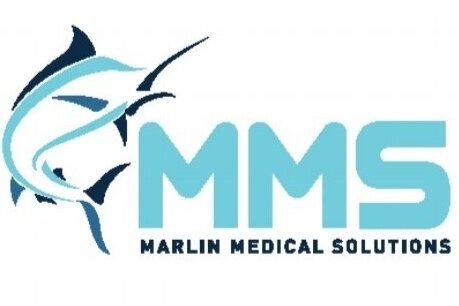5 Ways To Manage Through The Healthcare Staffing Shortage
It’s no secret that the healthcare profession has been strained by the COVID-19 pandemic, but hiring issues in the sector have existed for some time. From the heavily-discussed nursing shortage to the growing physician and healthcare support staff shortages, it’s tough to find and hire new talent to fuel practice growth or replace those who are departing or retiring.
Nursing shortage continues
In September, a survey found nearly a third of registered nurses in the U.S. were considering leaving their current employer. More alarmingly, nurses under the age of 35 who had been in their positions for a year or less were the most likely to consider leaving their jobs–something the study attributed to a lack of deep relationships with coworkers, managers, and their organizations as a whole.
These numbers parallel another study by the American Association of Critical-Care Nurses in which 92% of nurses said their pandemic experience was causing them to end their nursing careers earlier than they had originally planned–more than two-thirds said they were thinking of leaving nursing because of their experience in the pandemic. And a significant portion of the nursing workforce will approach retirement age in the next decades and a half. According to the 2018 National Sample Survey of Registered Nurses, 47% of registered nurses are 50 years old or older.
According to a February 2021 job posting analysis by LinkedIn, registered nurses ranked fourth out of all U.S. job postings. With many nurses considering leaving the profession, these positions will only become more difficult to fill.
Physician shortage predicted
Even before the pandemic, the Association of American Medical Colleges (AAMC) was predicting that by 2033, the U.S. would face a shortage of between 54,100 and 139,000 primary care and specialty physicians. The prediction is driven by a number of factors, but a key change is demographic–the U.S. population is aging rapidly. By 2033, the number of people 65 years old and older is projected to grow by more than 45%. For context, in that same period, the population under the age of 18 is projected to grow by less than 4%.
To manage the complex healthcare needs of an older population, we’ll need not just more primary care physicians, but more specialists as well. Older adults also have a greater need for endocrinology and neurology specialists, and are generally managing more chronic conditions than younger populations.
But it’s not just the population at large that we need to consider. The AAMC study also found that within the next ten years, two out of every five currently practicing physicians will approach the traditional retirement age of 65. So as the population ages, we’re also losing physicians at a rapid rate.
Lower-wage medical support staff are leaving the industry
In it’s 2021 External Healthcare Labor Market Analysis, Mercer predicts a shortage of healthcare workers in critical roles like nursing or medical assistant and home health aid. According to the report, more than 6.5 million critical healthcare workers will change professions or retire in the near term, creating a significant shortage over the next five years. These deficits will be most notable in California and New York, which the analysis estimates will have a combined deficit of more than 1 million workers.
Combined with the increased in-clinic and in-home needs of an aging population, these workforce shortages will have a significant impact on the healthcare industry as a whole.
Staffing through shortages
There aren’t enough nurses, physicians, or support staff to fill current healthcare industry needs and projections aren’t promising for the future. With this in mind, it’s more important than ever to hire right and retain staff for as long as possible.
Start strong during onboarding
The onboarding process isn’t just about paperwork and processes. It’s an opportunity to help your newest team member integrate into their work community and build relationships with their coworkers.Acknowledge the dangers of burnout
Make sure staff know how to access their mental health benefits and that your environment normalizes discussions of stress and recognizes the signs of overwork.Facilitate communication
Both formal and informal lines of communication are key to a healthy work environment. Staff need safe opportunities to voice concerns and make suggestions without fear of reprisal.Consider quality of life perks
Offer monthly stipends for health and wellness activities like gym memberships or meal services to encourage staff to prioritize their own well being outside of work.Offer professional development opportunities
Beyond specialized continuing education, staff may benefit from conflict resolution training, business finance courses, or even managerial skills training.


